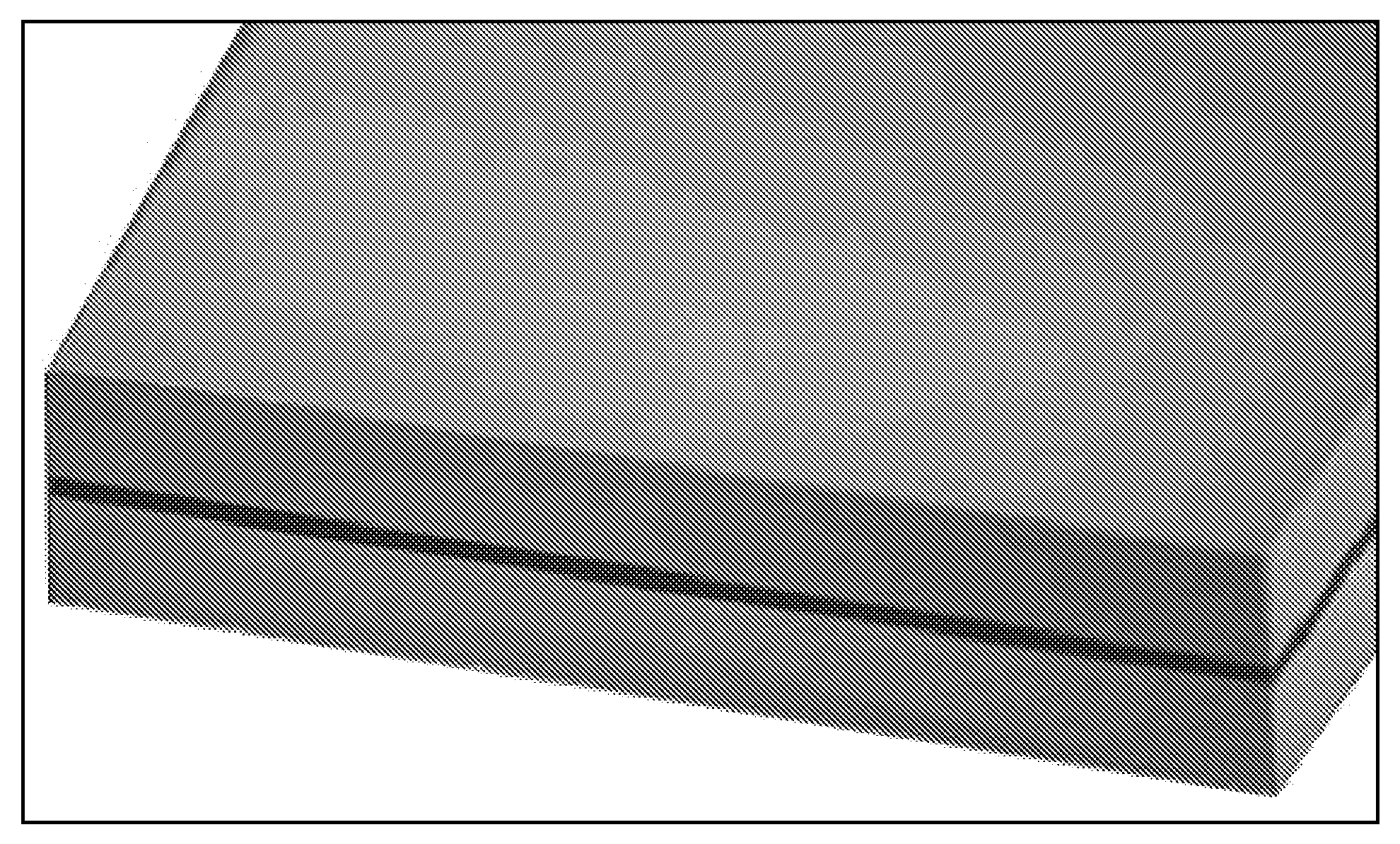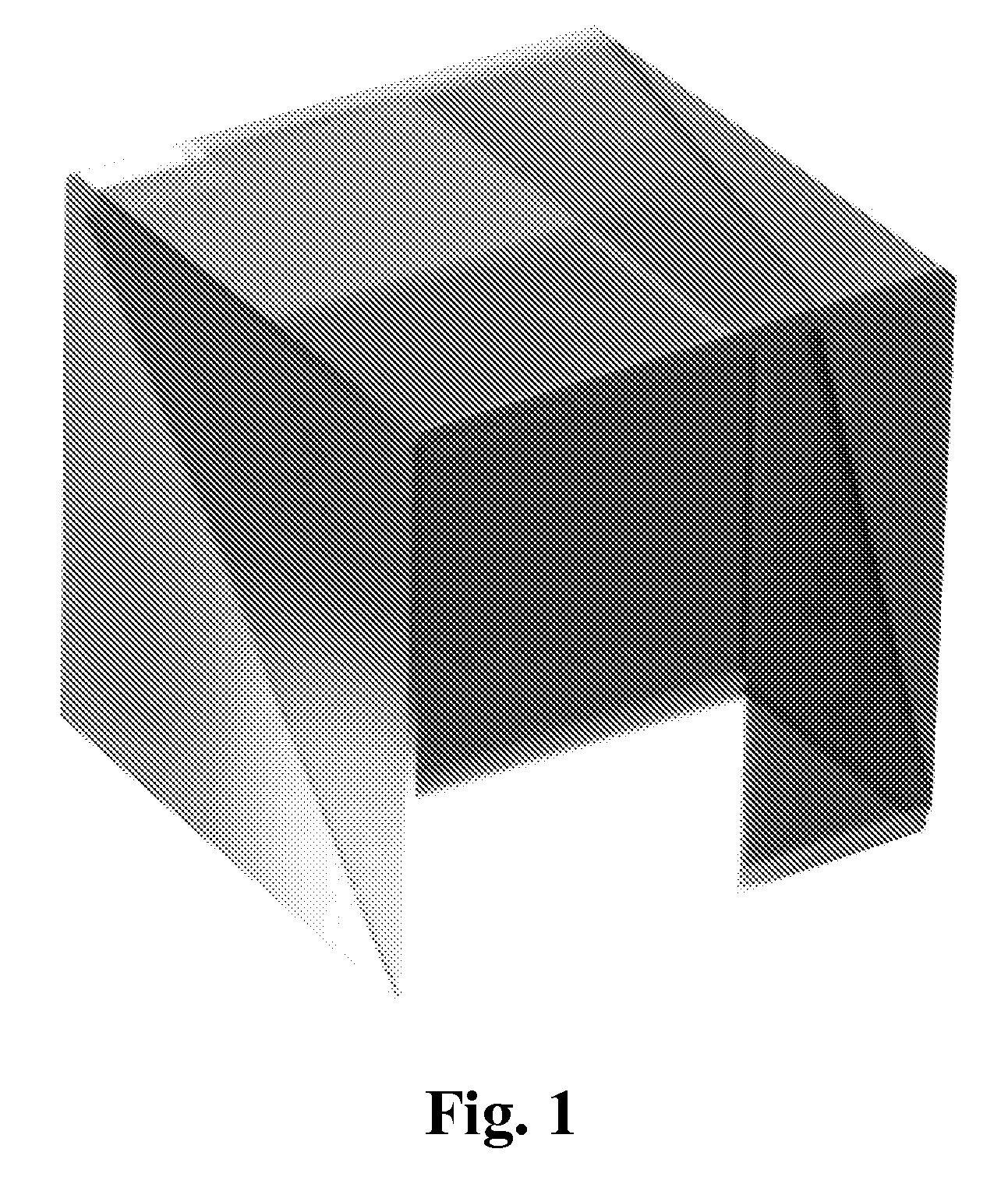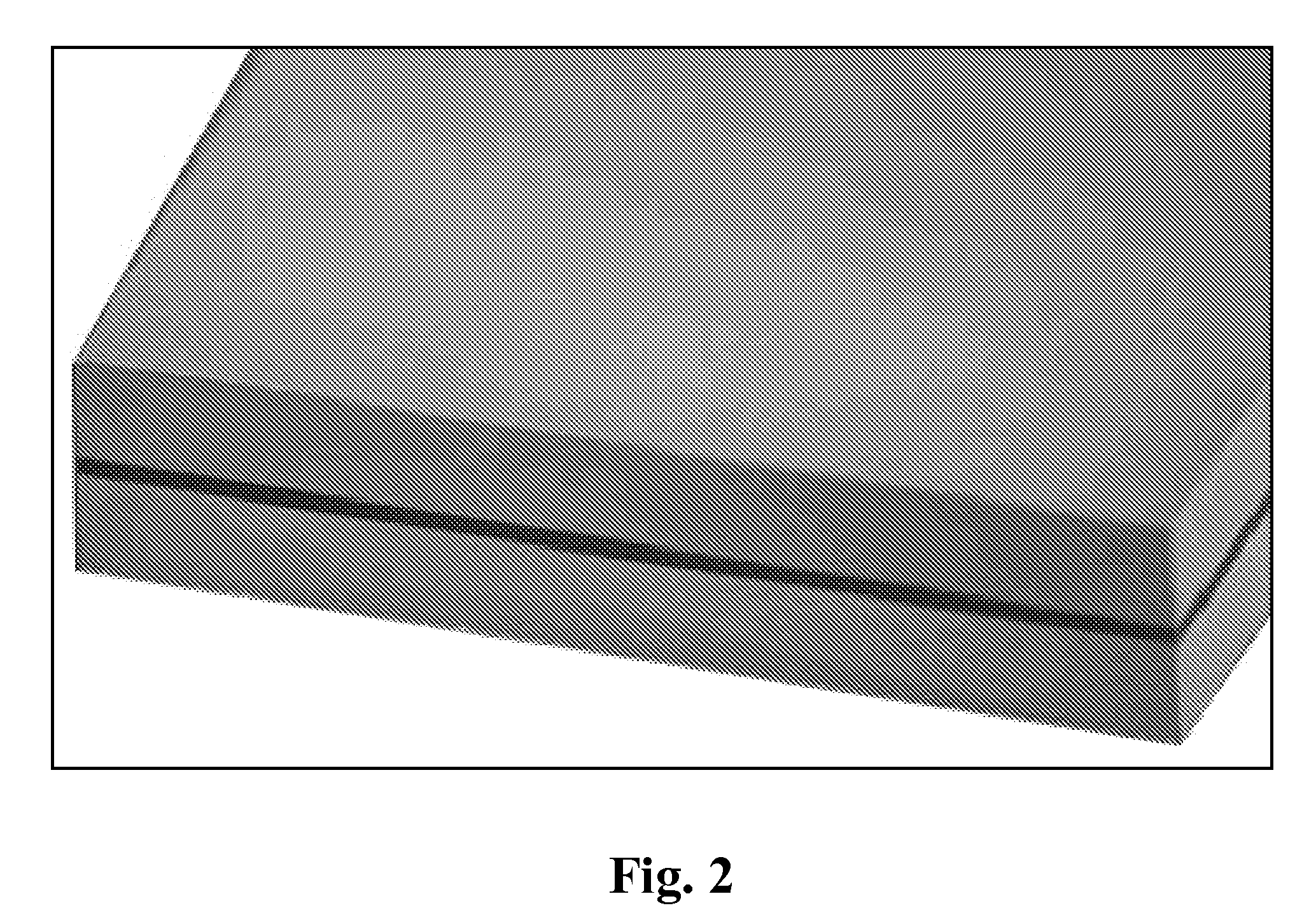Optical contacting enhanced by hydroxide ions in a non-aqueous solution
a technology of hydroxide ions and optical contacts, which is applied in the direction of lamination apparatuses, layered products, chemistry apparatus and processes, etc., can solve the problems of optical contact producing bonds which are generally unreliable in strength, surface figure mismatch almost always exists to some extent, and bonds produced by optical contact do not consistently survive thermal shocks, etc., to achieve better transmission wave front variation and mechanical tolerance, the effect of preventing outgassing
- Summary
- Abstract
- Description
- Claims
- Application Information
AI Technical Summary
Benefits of technology
Problems solved by technology
Method used
Image
Examples
Embodiment Construction
[0024]This is a method of assembling precision optical or optomechanical components that provides first and second components having respective first and second polished contacting surfaces to be bonded; generates a hydrophilic surface on at least a portion of at least one of the first or second surfaces; rinse the hydrophilic portion with water or another suitable solvent; and contacts the hydrophilic portion of the first or second components with the respective contacting surfaces to be bonded, while maintaining alignment of the two components, to form a single structure. An example of such a process would be as follows:
[0025]One takes two 1″ diameter fused silica wafers that are ¼″ thick. The two wafers are polished on one side to a flatness of less than 0.100 um deviation across the surface with a surface roughness of approximately 12 angstroms rms. Looser specs could be used, but these are standard industry laser quality polishing levels. The current invention has been demonstr...
PUM
| Property | Measurement | Unit |
|---|---|---|
| Temperature | aaaaa | aaaaa |
| Melting point | aaaaa | aaaaa |
| Wavelength | aaaaa | aaaaa |
Abstract
Description
Claims
Application Information
 Login to View More
Login to View More - R&D
- Intellectual Property
- Life Sciences
- Materials
- Tech Scout
- Unparalleled Data Quality
- Higher Quality Content
- 60% Fewer Hallucinations
Browse by: Latest US Patents, China's latest patents, Technical Efficacy Thesaurus, Application Domain, Technology Topic, Popular Technical Reports.
© 2025 PatSnap. All rights reserved.Legal|Privacy policy|Modern Slavery Act Transparency Statement|Sitemap|About US| Contact US: help@patsnap.com



